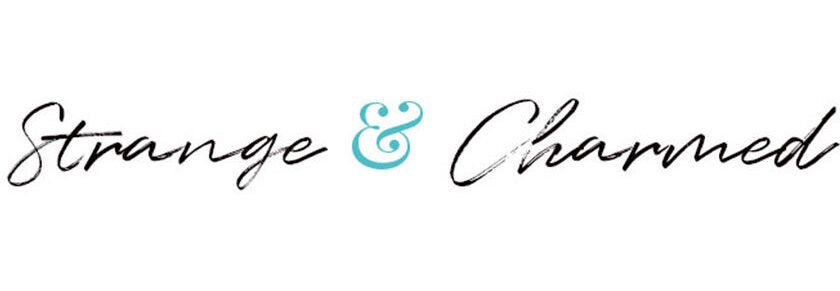In my opinion, Scrivener is the best software available on Mac or PC for writers, both professional and otherwise, or those who need to organize writing projects of any size for school. I began using Scrivener in 2009 as part of my first adventure with NaNoWriMo {National Novel Writing Month}. Since then, I have used Scrivener to write most of three books, organize and plan out numerous others, and most recently, to organize all my writing for my two blogs and digital magazine. I wish that Scrivener had been around when I was in high school and college, because I know it would have done wonders with organizing my research papers, response essays and such. You see, that is really where Scrivener shines. It is an excellent tool to organize writing, research, information, ideas and so much more associated with writing.
To illustrate the usefulness of the software and how it helps the user organize their writing so that they are almost focused against it, I have decided to give you a peak inside my current Scrivener project where I organize all my writing for the web. Within this project, I manage the content for thepinkmac.blogspot.com, strangeandcharmed.blogspot.com and Strange & Charmed Magazine. As you can see in this first image, each of these websites is a folder and inside those are subfolders that organize my content by month or issue number. In those subfolders you will find the actual text documents broken down by subject or article, a nice high level view where you can see how everything is organized and make sure all items are in their correct place.
Next, you can see how I have files for images and also research. A majority of my blog posts will always have at least one image. Sometimes I use found images online, but many times I need to create the images myself. Once I have my images selected or created, I will drop them into this file and mark them by article so that I know which images will go with a particular post. The same thing goes with my magazine articles, these also need images and I treat them in the same way. Once images are created or selected for publication they are saved directly inside my Scrivener project for organization. Research as well is saved in my project. Scrivener allows you to simply drag and drop different file types like text and pdf files and organize them in your project as well so that all your information is available at your fingertips.
Scrivener has a few alternate views with some extra tools to help you stay organized. In the cork board view you get another high level look at your project broken down by text documents shown as index cards. Here you can add text to explain what each document is about or will be about. This is a great way to use Scrivener to plan out your ideas and what you want to write about. Once you have your ideas all laid out in this cork board view, you have a constant reference guide for your writing that makes it easy for you to jump around between documents without getting lost.
The last alternate view I would like to show you is the split screen mode where you can open two files or documents at once. Here you can see I have a text document open on top and an image file open on the bottom. This is a great way to use your reference tools to aid you in your writing because you have your active text area and another piece of information you can refer back to without switching between documents and loosing your place.
Scrivener is filled with a variety of tools, most of which I did not even touch on. The great thing about Scrivener is that you can use as much or as little of its features as you want. If you want to keep it simple like me, understanding the basic controls and options will definitely give you a great start in organizing your writing and making you feel so much more on task, and for me, personally, that makes me more productive. The Literature and Latte website is a great resource explaining in more depth the advanced tools of the software. There you can find tutorials that walk you step by step through the software so that you can take advantage of all that Scrivener has to offer.
If you enjoyed this post, stay tuned for my update on Syncing Scrivener to PlainText on the iPad for continuous access to your Scrivener files on the go!


Just discovered your great blog after viewing your review of the Clamcase Pro (also excellent). I was amazed to fing your post about Scrivener–my favorite writing program. Looking forward to your future posts about it as well as reading the rest of your blog!
Thanks so much Liz!
Awesome entry! I’d been wondering how to make Plaintext, Dropbox, and Scrivener all work together.
Now if only they would just write the darn story for me.
Thanks for the tips! I have just finished the free trial of Scrivener and will be purchasing it, for sure! I love the cork board for synopsis of chapters and such and for helping with outlining my book!